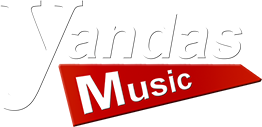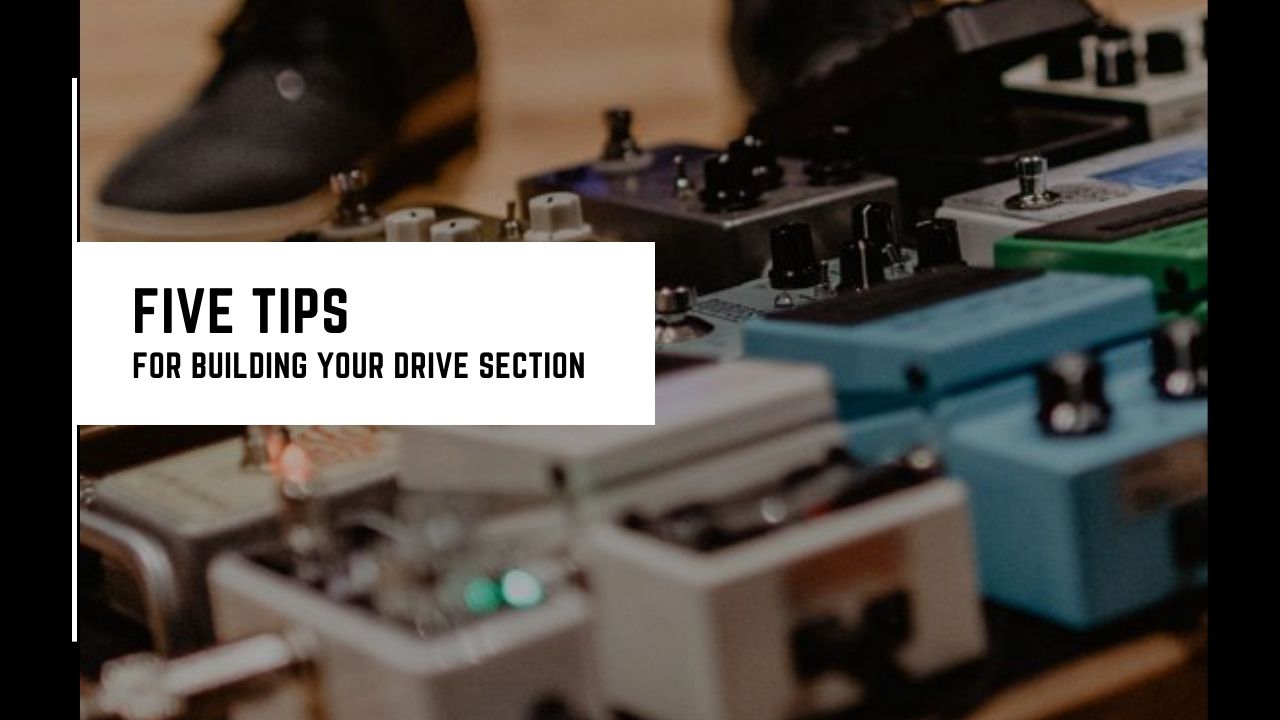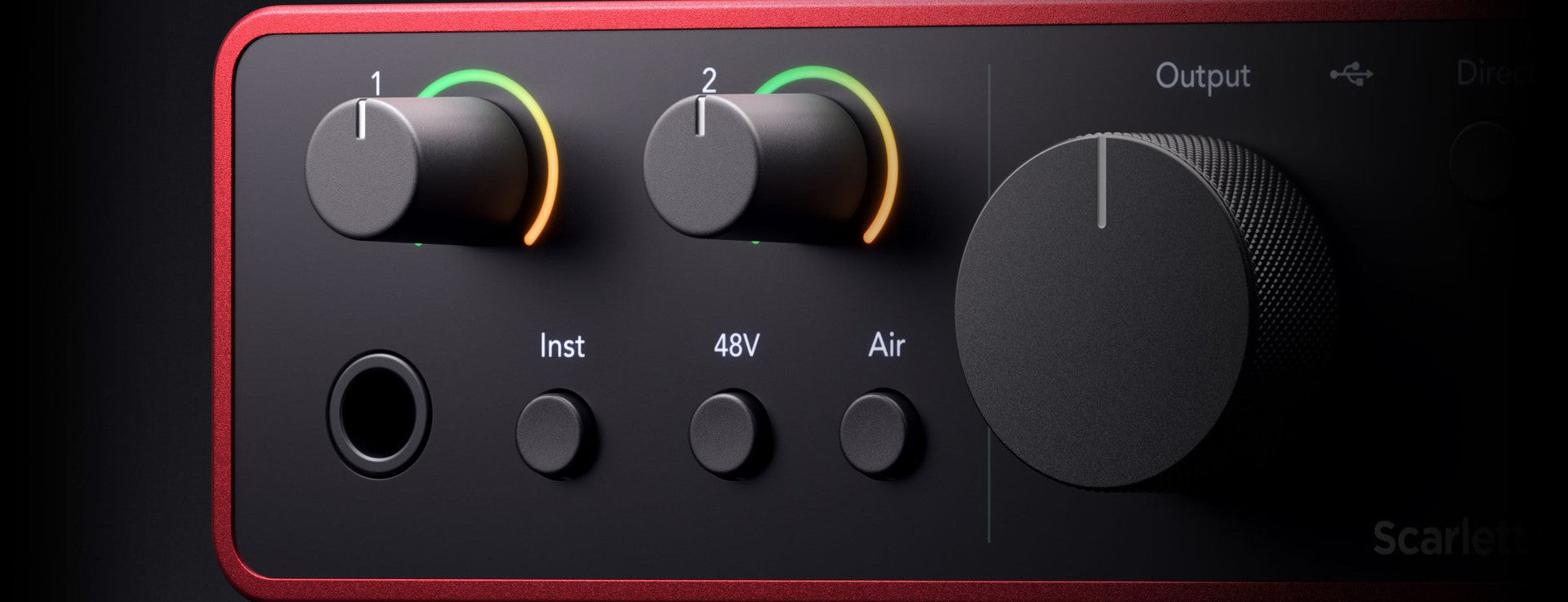5 Tips To Get Started Building A Drive Section For Your Pedalboard
So how do I start building my drive section? Do I need more than one drive pedal? How many is too many?
In a world where there are hundreds, possibly thousands, of drive/distortion and fuzz pedals available, how do you know which ones to choose for your board? Here are five tips to get you started.
1. Choose drive pedals around your style(s) of music of which you play
If you don't play heavy metal you probably don't need a Boss Metal Zone. Generally speaking, distortion pedals work well for hard rock, metal & lead lines. Overdrives are where it's at for country, classic rock, blues & pop. This is not to say that a country player cant use a distortion pedal or that you don't need a tube screamer on your metal rig. It's a good idea to look at what some of your favorite guitar players are using. There is no need to reinvent the wheel. If you are an Eric Clapton fan it would be a good idea to know what he uses to sound the way that he does and use that as a starting point.
2. Choose pedals based off your guitar and amp
Don't shoot the messenger here but a new drive pedal won't make a cruddy amp or a cruddy guitar less cruddy. Unless you're using modeling gear, your tone will always primarily come from your guitar and amp pairing. Drive pedals will color and shape that tone. Your guitars pickups will have a major effect on how any drive pedal effects your tone. Same is true for a low wattage amp vs high gain wattage monster. Keep this in mind when you aree binging youtube demos. It's always best If you can try a pedal with your guitar and amp before buying, which is one of the many reasons to support your local music stores!
3. Don't be afraid to stack drive pedals
There are so many advantages to stacking drives. The main and probably most obvious reason is getting more gain with less pedals. Let me explain: if you only have two overdrives you still have three gain stages. Pedal A, pedal B , pedal A&B combined. When both A & B are engaged you get a third gain stage. This number only increases exponentially as you add more pedals. Two more big advantages to stacking is boosting volume and shaping EQ. More tips and tricks to stacking pedals to come later.
4. Choose new pedals to compliment current pedals especially if stacking.
A lot of drive pedals can be different versions of the same pedal. It is good to know a little bit about the pedal and how it affects your sound before you add it to your rig. I have seen guys with 3-4 drive pedals on their board and they are all clones of the exact same pedal. Variety can be very helpful when stacking. It helps with EQ and Gain Structure/Texture.
5. Utilize Utility Pedals
What is a "Utility" pedal? A utility pedal is a pedal like a Compressor, EQ or Noise Gate that doesn't change the sound as obviously as a drive pedal but still plays an important role in tone shaping. Often times, these pedals are noticed more when it's turned off or maybe set incorrectly. Using a compressor before your drives will give them more punch and sustain and wont require you to use the gain knobs so high. A EQ either before or after (play with the order) will shape the tone of either your guitar (before) or the drives (after) making your drive section even more versatile. A noise gate will help cut down any unwanted noise. this can be useful in stacking since staking loud distortion into loud distortion can create some noise.
Lastly the main thing is experimentation. The best way to find what works for your drive section is to actually try it. Trial and error goes a long way. Don't be afraid of failure!



